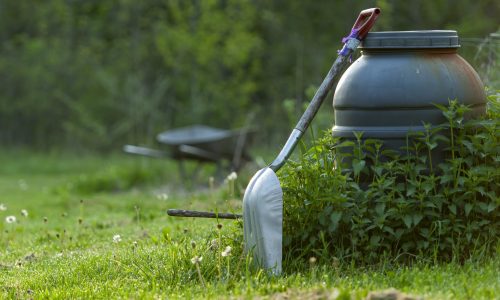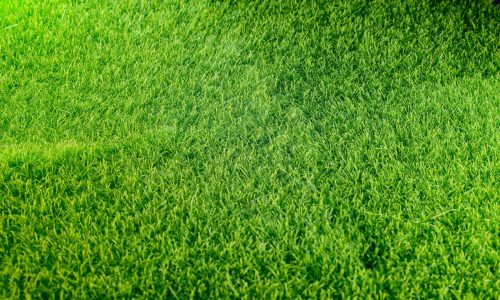Watering your sod is not just a simple task, but rather an essential part of maintaining a healthy and vibrant lawn. It plays a crucial role in ensuring that your sod remains green, lush, and free from any issues caused by improper watering techniques. Knowing how to water properly and handle common sod issues is crucial for a healthy and attractive lawn.
Proper watering techniques are vital for the well-being of your sod. When done correctly, watering helps to provide the necessary hydration that your sod requires to thrive. It ensures that the grass roots receive an adequate amount of moisture, allowing them to grow deep and strong. This helps make the lawn healthier and stronger, so it can handle things like heat, drought, and foot traffic better.
Water is absolutely essential for the growth and development of sod. It plays a vital role in establishing strong and healthy roots, which are crucial for the overall health and longevity of the grass. If there is not enough water, the roots may struggle to penetrate the soil and establish a firm grip. This can lead to the development of weak and shallow roots.
In addition to root establishment, water is also responsible for promoting healthy growth in sod. It provides the necessary hydration and nutrients for the grass to thrive and flourish. Water transports minerals and nutrients to the roots of grass for absorption. This, in turn, supports the development of lush, green, and vibrant sod.
Watering is important for sod growth, development, and preventing problems. One of the primary benefits of adequate watering is the prevention of drought stress. When the soil lacks moisture, the grass becomes stressed and may exhibit signs such as wilting, dis-coloration, and stunted growth. By consistently providing sufficient water, the grass remains hydrated and resilient, reducing the risk of drought stress.

The frequency of watering your sod depends on various factors such as climate, soil type, and grass species. In general, you should water newly installed sod more frequently to help it establish roots. During the first two weeks, water your sod every day to keep the soil moist.
First, start by gradually reducing the frequency of watering the plants. Begin with watering them every day, then switch to watering them every other day. Then, water every three days until you have a regular watering schedule.
The quantity of water required for your turf is contingent on the weather circumstances and the soil variety. Generally, you should provide approximately 1 inch of water weekly, through rainfall or irrigation. To determine if you are providing sufficient water, you can use a rain gauge or place empty containers in your yard. You can measure the amount of water you are giving.
The best time to water your sod is early in the morning, between 6 am and 10 am. Watering during this time allows the grass to dry before evening, reducing the risk of disease. Avoid watering your grass during the night or evening hours as it could damage your turf.
Watering your sod during certain periods can result in a damp setting that promotes the development of fungi. Fungi thrive in moist conditions. If your sod stays wet for a long time, it becomes a good place for different types of fungi to grow.
Fungal growth can lead to a range of problems for your lawn. One common issue is the development of diseases such as brown patch or dollar spot. These diseases can make your grass look bad with brown or dead spots. Getting rid of them can be challenging, and restoring your lawn’s health may require extensive treatment.
Additionally, fungal growth can weaken the overall structure of your sod. When fungi grow and spread, they can harm your grass roots, causing root rot and eventually killing the affected parts. This can result in thinning or bare patches in your lawn, making it less attractive and more susceptible to weed invasion.


